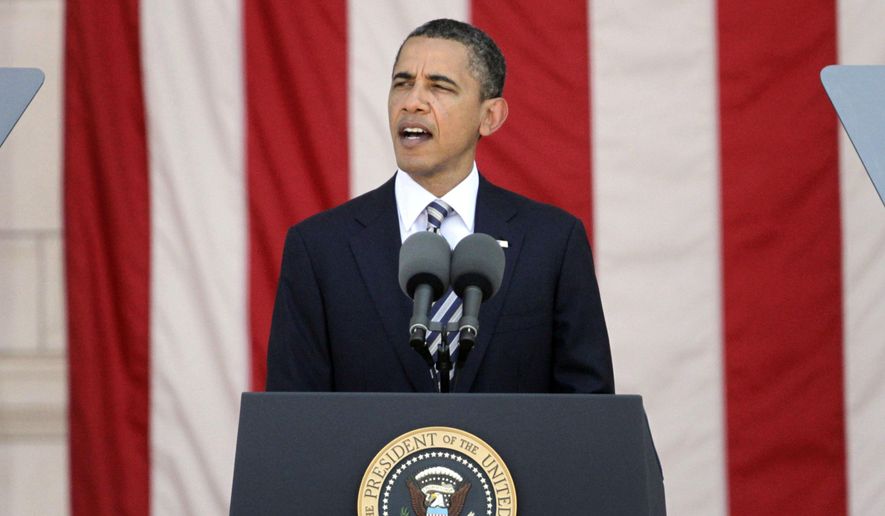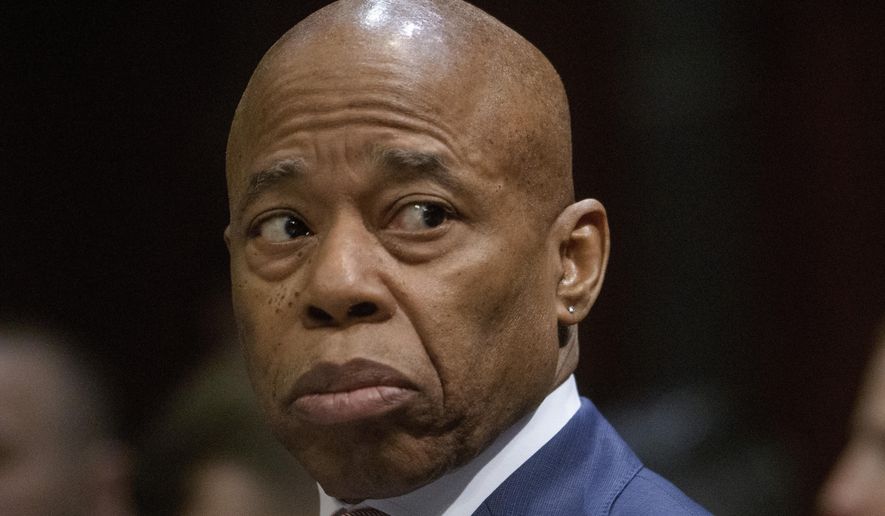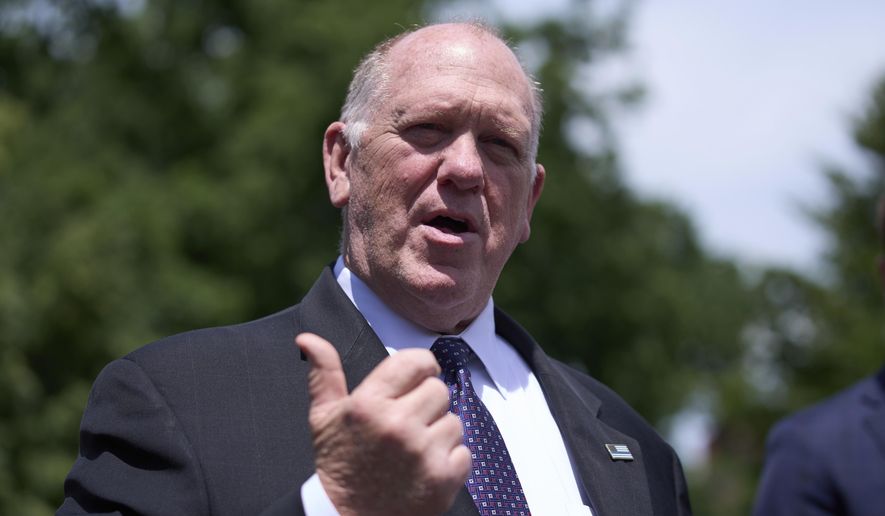
Sarah Parshall Perry | May 27, 2025
(The Washington Times) — A bird’s-eye view of contemporary education reveals a frightening reality: widespread ignorance of rudimentary free speech principles. From primary school through graduate school, speech codes, censored students and muzzled parents mark campuses across the nation. Who’s to blame? The hegemony of illiberal thought endemic to much of public education, a relic in part of the implacable death hold of liberal unions and the previous presidential administration’s unwavering commitment to identity politics.
Even federal judges are getting it wrong.
In April, U.S. District Judge Steven J. McAuliffe in New Hampshire ruled that public school officials had not violated parents’ First Amendment rights when it ejected those parents for wearing pink wristbands with an “XX” symbol in silent protest of the biological male opponent their daughters faced on the soccer field.
When asked whether she would prevent a parent from wearing a “XX” wristband but might allow someone to wear a “pride” symbol, Marcy Kelley, superintendent of the school district in which the incident took place, testified that “in contrast to the ‘XX’ symbol, the pride symbol conveys a message of inclusion and does not target or harass any specific student.” When considering regulation of a limited public forum (a school sports event) where adults have more free speech rights than children in classrooms, the court ignored the proper analysis and upheld viewpoint discrimination instead.
In 2021, Massachusetts’ Hanover Public Schools fired math teacher Kari MacRae over a social media post published before she was hired. In McRae v. Mattos, both lower courts upheld her firing. The Supreme Court in Garcetti v. Ceballos held that statements by public employees made in the course of work or about work have no First Amendment protection. However, the Supreme Court has never extended Garcetti to speech that occurred prior to an employee’s hiring and was unrelated to his or her job. The 1st Circuit U.S. Court of Appeals did, and MacRae v. Mattos is now on appeal to the Supreme Court.
In a 2023 case in Massachusetts, a middle school boy was prevented from wearing a T-shirt bearing the statement: “There are only two genders.” In L.M. v. Town of Middleborough, school officials had determined that the shirt’s message would negatively affect the other students and disrupt the learning environment. A federal court agreed. The court determined that the school’s actions were permissible under the “material disruption” limitation from the Supreme Court’s decision in Tinker v. Des Moines Independent School District, wherein the high court held that schools could regulate student speech that “materially disrupts classwork or involves substantial disorder.”
Although the factual record was devoid of evidence of disruption and students in public schools have no constitutional right to be free from disagreement, discomfort or offense, the 1st Circuit reached a decision that strained the limits of First Amendment doctrine. L.M. v. Town of Middleborough is on appeal to the Supreme Court.
When public schools no longer recognize ontological truth (e.g., that sex is fixed at birth) but recognize a consequentialist approach to truth (boys that feel like girls can become girls, and all others must so recognize), free speech becomes an artifact of a bygone era. The First Amendment’s application to public school has yielded jurisprudence long-standing and fulsome but apparently forgotten.
In 1943, in West Virginia State Board of Education v. Barnette, the Supreme Court held that compelling public school children to salute the American flag was unconstitutional. In an opinion by Justice Robert Jackson, the court found that the First Amendment could not enforce unanimity of opinion on any topic and that eliminating dissent was not the right way to generate the patriotism the school sought to instill.
In 2022, in Kennedy v. Bremerton, the Supreme Court held that the Bremerton School District violated the First Amendment’s free exercise and free speech clauses by firing high school football coach Joe Kennedy for his personal, quiet postgame prayers. Justice Neil M. Gorsuch, in writing for the majority, opined: “The Constitution and the best of our traditions counsel mutual respect and tolerance, not censorship and suppression, for religious and nonreligious views alike.”
In 2021, Mahanoy Area School District v. B.L., the Supreme Court held that a school has an interest in protecting a student’s unpopular expression. It noted that while under Tinker v. Des Moines schools may have a valid interest in regulating disruptive off-campus speech by students, the school district’s interests in preventing disruption could not overcome a student’s First Amendment rights, even when she posted a profane message on social media directed at specific school officials.
In an age when our National Assessment of Educational Progress rankings reveal that a paltry 30% of American eighth-graders perform at grade level in English and math, we might do well with a little intellectual heterodoxy. As Justice Stephen G. Breyer wrote in Mahanoy Area School District v. B.L., “America’s public schools are the nurseries of democracy” that “only [work] if we protect the ‘marketplace of ideas.’ … That protection must include the protection of unpopular ideas, for popular ideas have less need for protection.”
Our nurseries of democracy exist to secure the intellectual development of the nation’s most valuable resource: its children. Only with exposure to differing views and the safeguarding of American pluralism will those children and our schools truly thrive.
Sarah Parshall Perry is the vice president and legal fellow at Defending Education. She is a former senior counsel to the assistant secretary for civil rights at the U.S. Department of Education and former senior legal fellow at the Edwin Meese III Center for Legal and Judicial Studies at The Heritage Foundation.




















